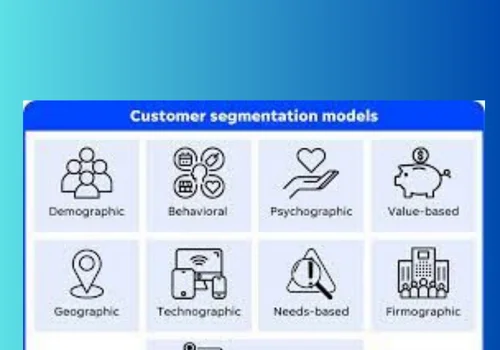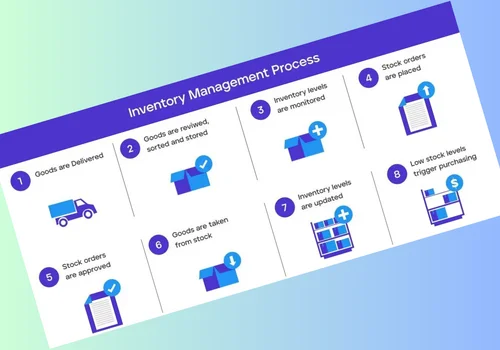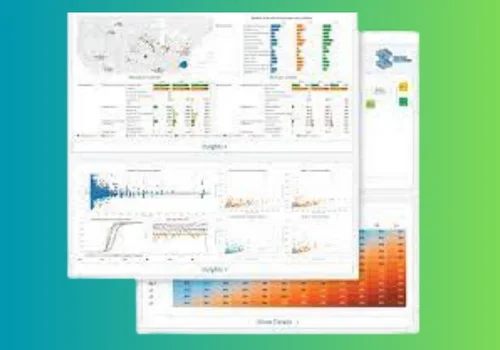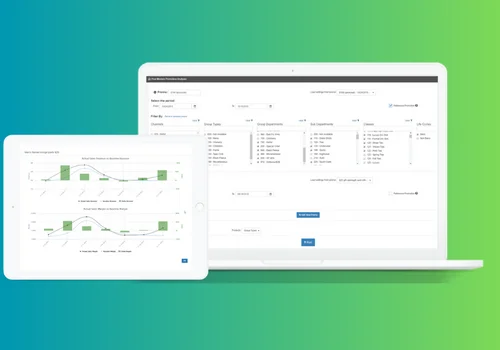Overview of Retail analytics
In today’s competitive retail landscape, data has become a powerful tool for driving business success. Retail analytics harnesses the wealth of information generated by customer transactions, inventory management systems, and marketing campaigns to provide insights that drive informed decision-making. By analyzing sales trends, customer behaviors, and market dynamics, retailers can optimize pricing strategies, personalize marketing efforts, and enhance the overall shopping experience. From identifying opportunities for growth to minimizing operational inefficiencies, retail analytics plays a pivotal role in helping retailers stay agile, competitive, and customer-centric in an ever-evolving market.































































